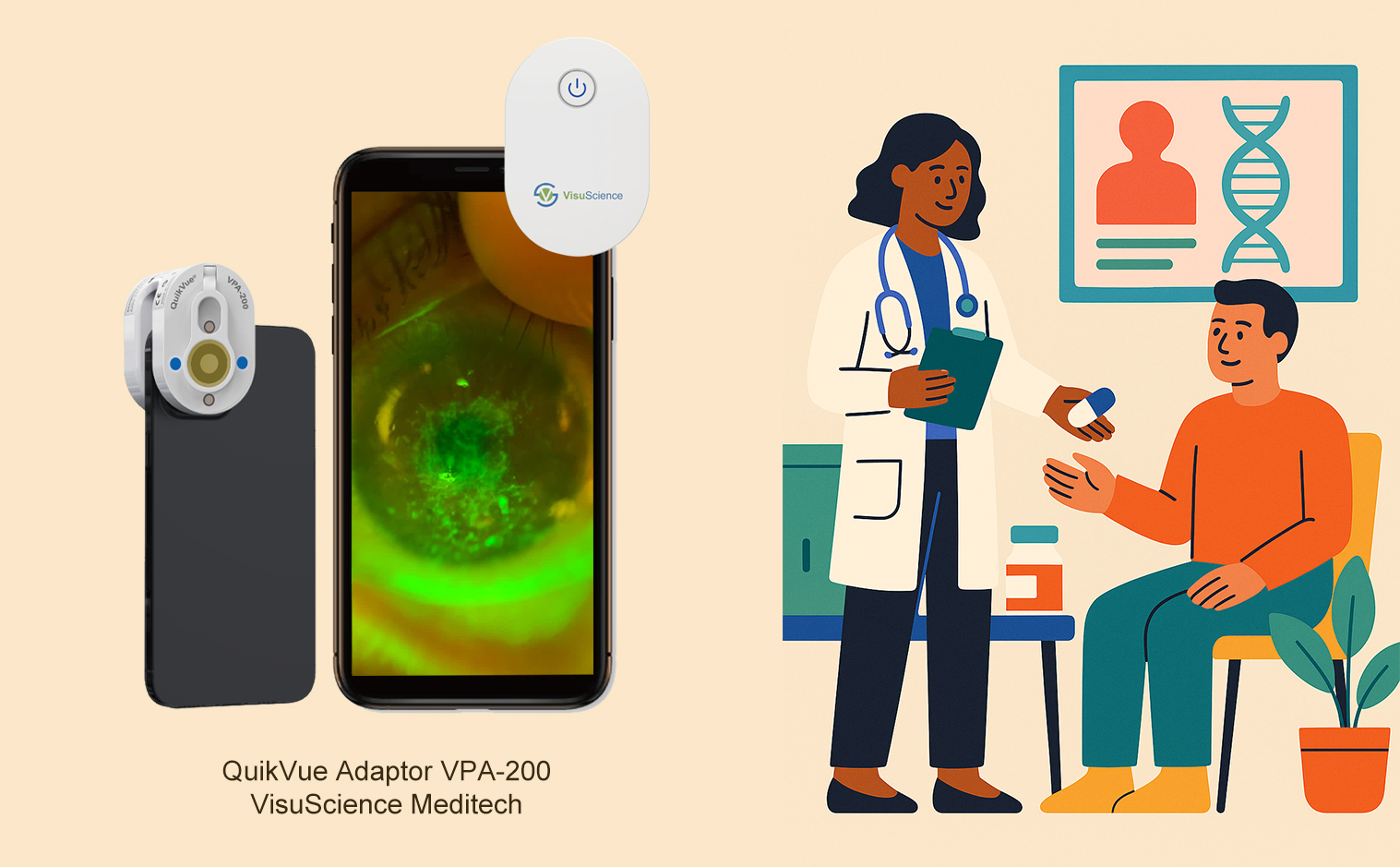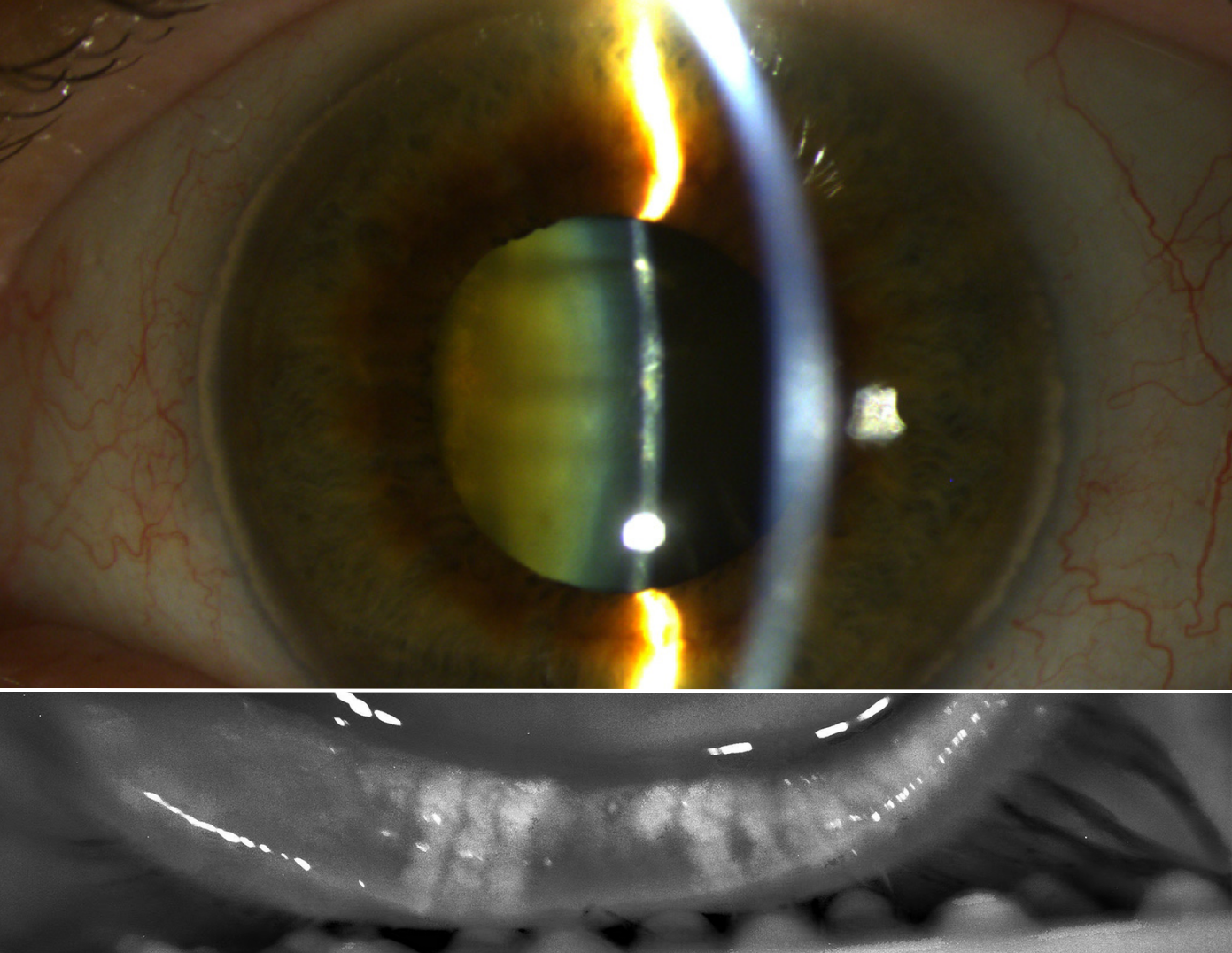Amaurose bilateral do caso veterinário de Quikvue em um gato europeu
Estamos felizes em compartilhar um estudo de caso veterinário capturado pelo adaptador de imagem para olhos Quikvue do Dr. Vet Viroux.
Um gato europeu de 8 anos de idade, castrado, foi apresentado para mdríase bilateral sem perda de visão.
Exame clínico: No abnormalities were found.
Exame oftalmológico: The menace response and Dazzle reflex were both positive, but the pupillary light reflexes were negative. The iris showed no atrophy, and the fundus was normal.
Suspeita -se o envolvimento neurológico, and an MRI exam was recommended but not performed at that time.
Três meses depois, the cat was presented again with disorientation and vision loss progressing over several days.
Exame clínico: No abnormalities were found, and blood pressure was normal at 150 mmHg.
Exame oftalmológico: This time, a negative menace response was observed on the right and diminished on the left, with a negative Dazzle reflex. The rest of the examination was unremarkable.
Exame de ressonância magnética was recommended again to explore intracranial causes, which was accepted this time. The MRI revealed a large mass invading the pituitary fossa and optic foramina, along with subtle signs of intracranial hypertension.
Explicação: The nerve fibers responsible for the pupillary light reflex decussate after the optic nerve decussation, caudal to the optic chiasm. This anatomical feature could explain why bilateral mydriasis occurred before vision loss, as these neural pathways do notparticipar da visão.










